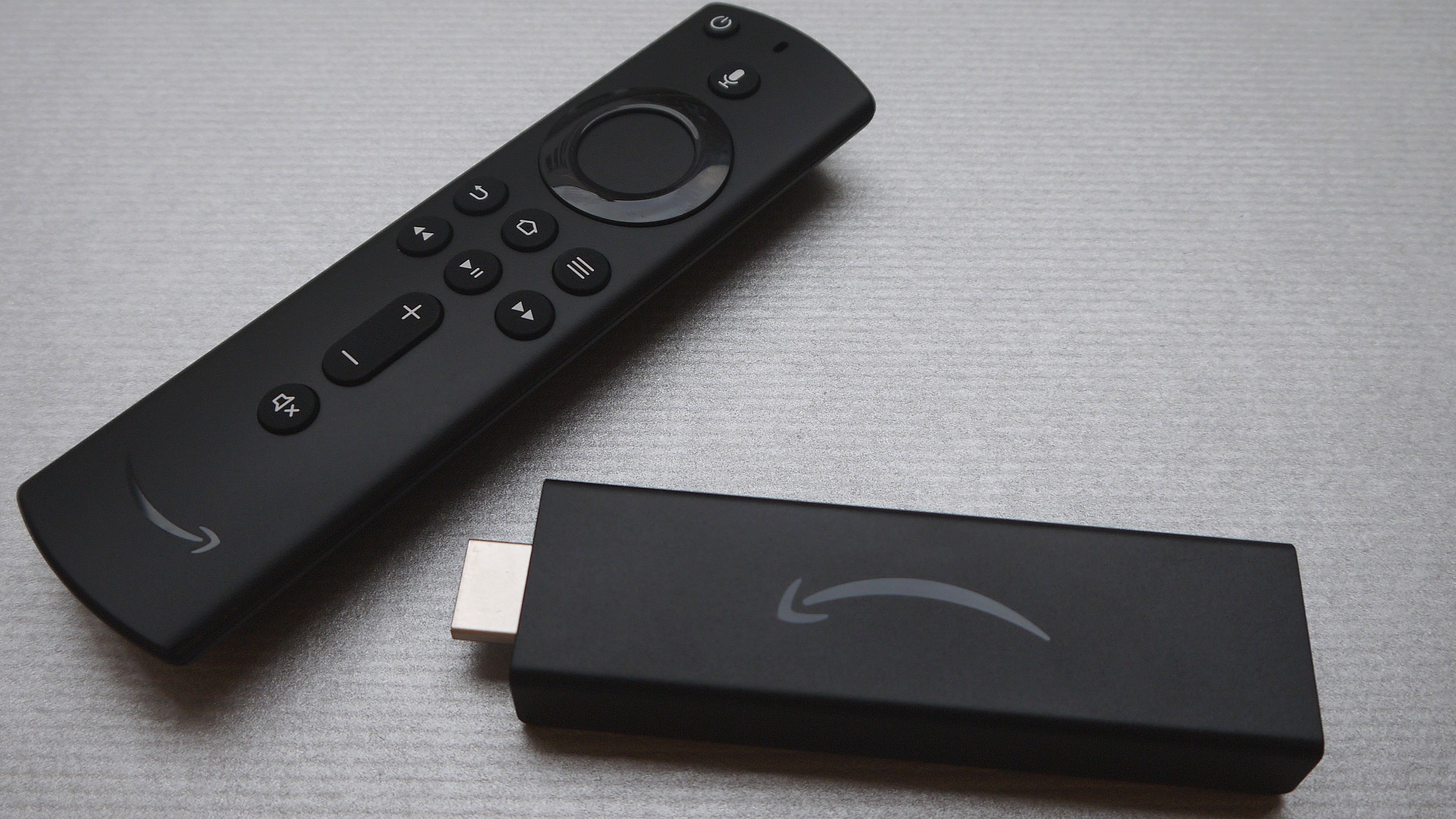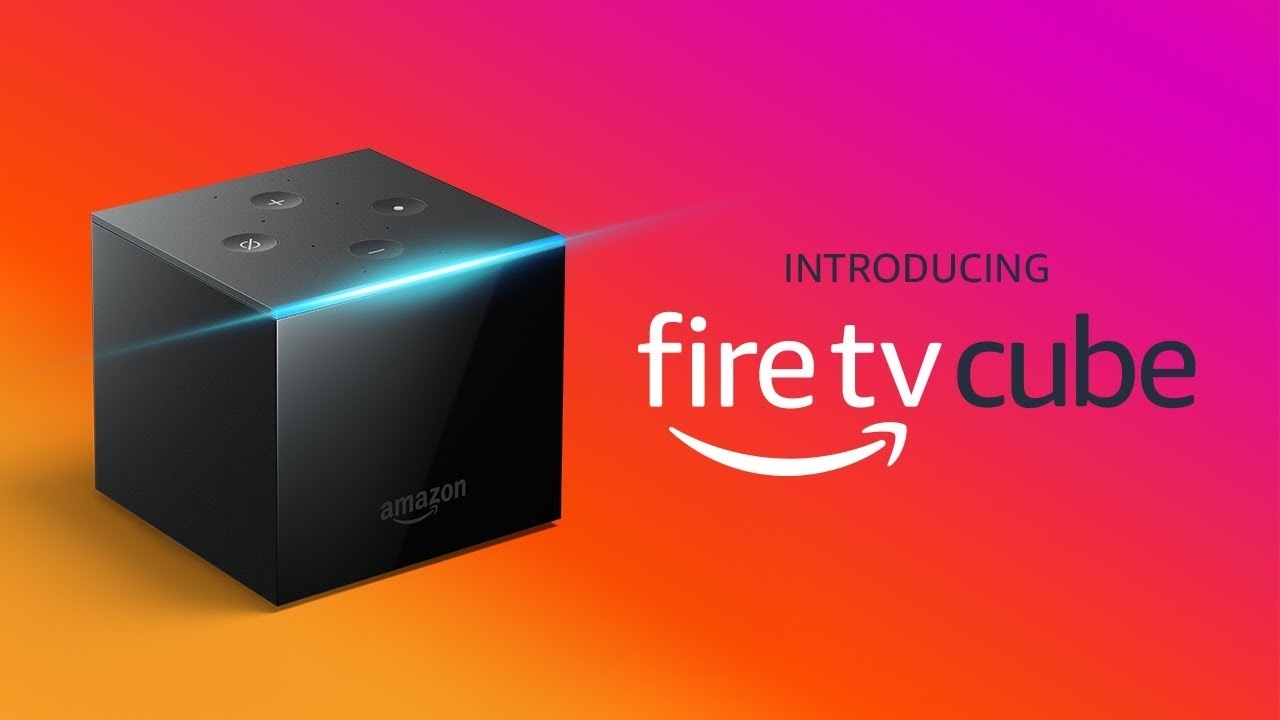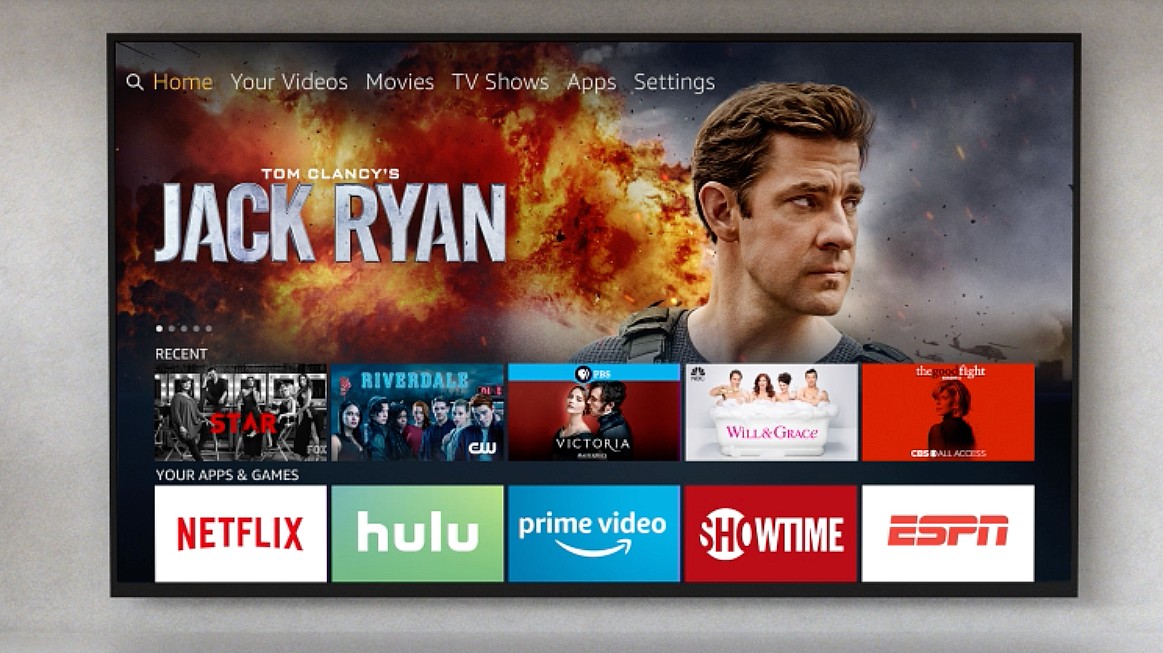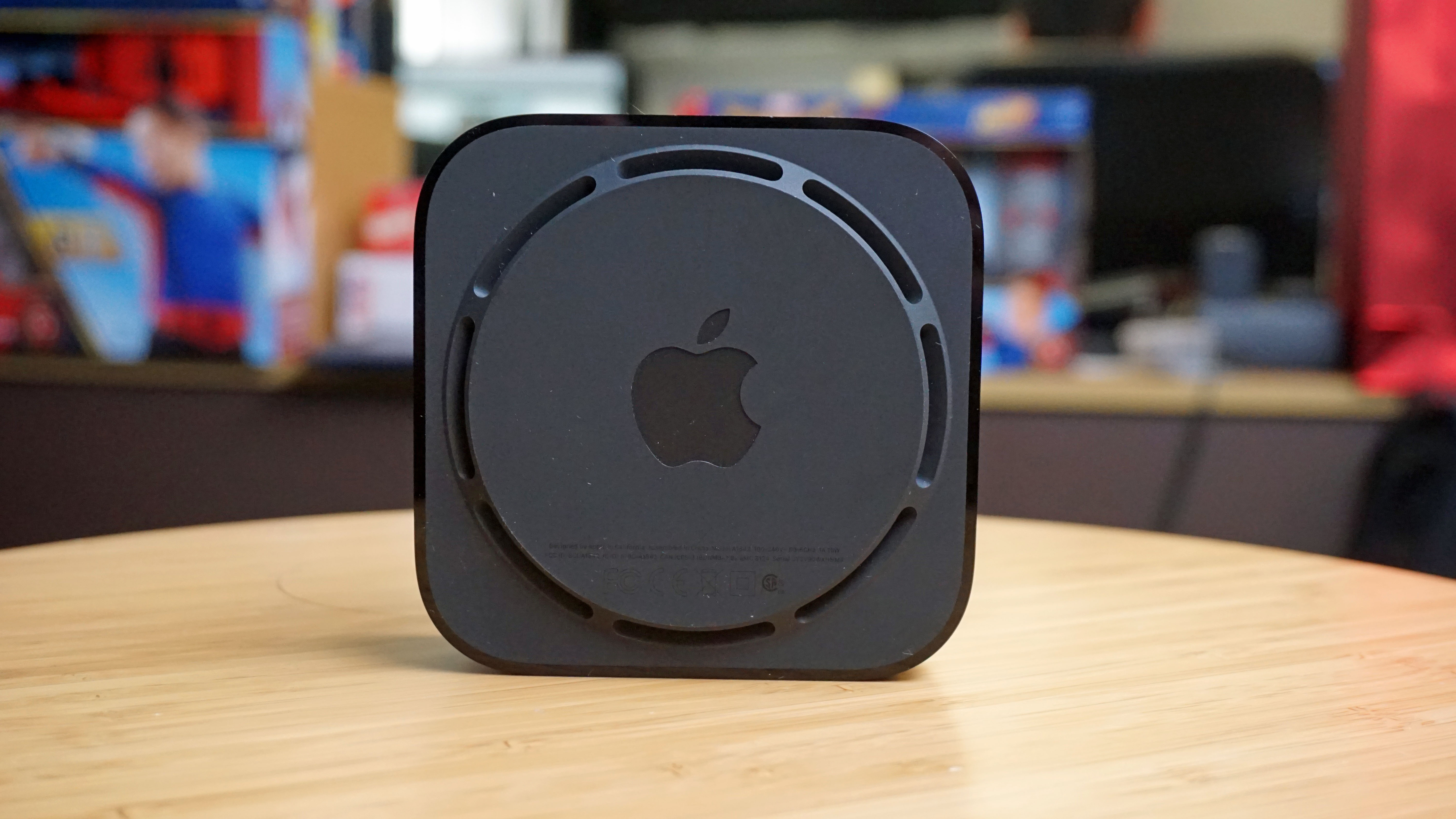If you’re on the lookout for an Amazon Fire TV streaming device to plug into your television, there are a few different options to choose from, including the regular Fire TV Stick, the Fire TV Stick 4K, and the Amazon Fire TV Cube.
What are the benefits of a streaming device? Many TVs on the market right now are smart TVs. This means they have Wi-Fi connectivity built-in and are able to access lots of apps and services that allow you to watch your favorite TV shows and films on-demand. This means you can put on Amazon Prime Video, Netflix, YouTube and Hulu all from your television – in the same way that you open up an app on your smartphone.
However, if your TV is a few years old and it might not have those services. That means you can accept you won’t be able to stream to your TV, pay a small fortune for an upgraded television set or spend a fraction of that amount on a streaming stick that you can plug-in. In this guide we’ve included everything you need to know to choose between the devices in Amazon’s Fire TV range.
Fire TV range: overview
The original Fire TV (2017) is sadly no more, after the smaller and more compact Fire TV Stick supplanted it. With the Fire Stick’s 4K upgrade, too, choosing between Fire TV devices is now as simple as picking HD or Ultra HD for your TV streaming.
It’s a different story in the United States, which is currently the only place you can get the Amazon Fire TV Cube: basically a Fire TV streaming box, which is built into an Amazon Echo speaker. If you’re outside of the US you don’t have the option, though if you don’t want – or already have – a smart speaker in your living room, this won’t feel as urgent a purchase anyway.

Fire TV range: pricing
How much is each Fire TV streaming device? The regular Fire TV Stick retails at $39.99 / £39.99, while the Fire TV Stick 4K is a smidge higher at $49.99 / £49.99.
The Fire TV Cube – bundling as it does the functionality of a streaming stick and Amazon Echo together – comes with a somewhat higher $119.99 price tag (around £95 / AU$170).
Fire TV range: design and features
On the surface, you won’t really be able to tell the Fire TV Stick and Fire TV Stick 4K apart. Both come in the form of a small HDMI dongle that plugs into the back of your television. Both models also ship with the second-generation Alexa remote, meaning the navigation and voice control of the Fire TV app is identical between them.
The Alexa remote comes with a hold-to-speak voice functionality, meaning you can push a button and have Alexa come up on your television. If you link up the streaming stick to an Amazon Echo, too, you can command your television to awaken and jump to specific shows or categories with voice commands, though Alexa isn’t quite as smart on Fire TV as she is with other daily needs.
The Fire TV Cube is a whole other affair.

It has the look of a boxy Amazon Echo speaker, and is designed as a hands-free interface you can control entirely through your voice – though it also comes with the 2nd-gen Alexa remote for those who don’t want to struggle with Alexa’s poor app navigation. The Fire TV Cube can act as a control center for changing channels on your set top box, altering volume, swapping inputs to your soundbar, and the like.
The Cube’s eight far-field microphones will be able to pick up your words clearly from across the room, though the noise from a nearby TV or soundbar can make this difficult mid-watch.
Fire TV range: content and resolution
Probably the most important question here: what can you actually watch on the Fire TV, and how does the image quality vary between each device?
Each of these devices shares the same Fire TV platform, so you’re able to watch content from the same apps across all the devices – though the resolution and video format will vary.
In the US, you’ll find Netflix, HBO, Starz, Hulu, PlayStation Vue and Crackle – with plenty of other varied apps alongside – with equivalent services like BBC iPlayer and Freeview Play replacing US-only apps in the UK. While YouTube isn’t yet on the platform, Amazon and Google are working at amending this for users. Remember that a lot of these services require separate subscriptions: you won't be able to watch Netflix shows or Amazon Prime movies for free on a streaming stick.

The basic Fire TV Stick can stream content up to HD quality (1080p), but the Fire TV Stick 4K – as the name suggests – can reach 4K UHD resolution, around four times the number of pixels. The Fire TV Cube also supports 4K streaming.
To stream in 4K, it’s worth remembering that you’ll need a 4K-capable television. Even if you have a 4K streaming stick, all those lovely pixels are going to be compressed to HD if that’s all your TV can display. That’s the same for HDR: the 4K stick and Fire TV Cube both support HDR10 for an expanded color gamut and enhanced contrast, but not if your TV can’t back them up.
While the Fire TV Cube streams in 4K HDR, the 4K Stick manages to go above and beyond its more expensive counterpart by packing in support for HDR10+ and Dolby Vision. These are both ‘dynamic metadata’ formats, which is a fancy way of saying they vary the color, contrast, and brightness of the pictures onscreen in real-time, instead of blanket picture settings. Again, not every television supports these, so it’s worth checking what your TV can display before you make your choice.
Other streaming devices to consider
There are other competing streaming devices out there, all with their own interfaces and selection of apps, like the range of Roku streaming devices or Apple TV 4K. Your best bet is probably whatever ecosystem you’re already in: iOS devices play best with Apple TV and Amazon Echo speakers were designed to work in tandem with Fire TV.
The Google Chromecast is a similarly-priced competitor, but doesn’t pack in the Amazon Prime Video app – and can also be frustrating to navigate. There’s an in-depth comparison of all the leading models in our Apple TV vs Amazon Fire TV Stick vs Roku vs Chromecast guide.

Fire TV range: takeaway
Just want to skip to the verdict? Unless you’re a US resident it’s a pretty simple equation: get the Fire TV Stick for an HD television, and the Fire TV Stick 4K for an Ultra HD television. You’re paying a very small premium for the uplift in picture quality, and you get all sorts of HDR improvements and HDR10+ / Dolby Vision support alongside.
For those in the US, you have the option of the Fire TV Cube. This device doesn’t support Dolby Vision or HDR10+, so if you’re looking for these video formats you’ll want to stick to the Fire TV 4K. Alexa also struggles with navigating the Fire TV app by itself, and we expect you’ll end up using the remote most of the time – meaning the hands-free functionality of the Cube isn’t particularly useful. If you fancy being an early adopter of Amazon’s experimental streaming box, though, or want a streamer that can act as an AV control center, the Fire TV Cube may be the one for you.
- Find all the lowest Amazon product prices in our Prime Day deals guide
- These are our fave five VPNs for Amazon Fire TV Stick
from TechRadar - All the latest technology news https://ift.tt/3km7riO
via IFTTT
0 التعليقات: